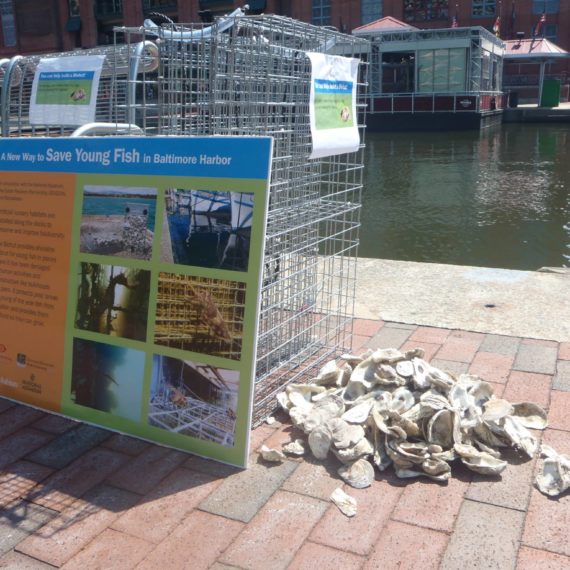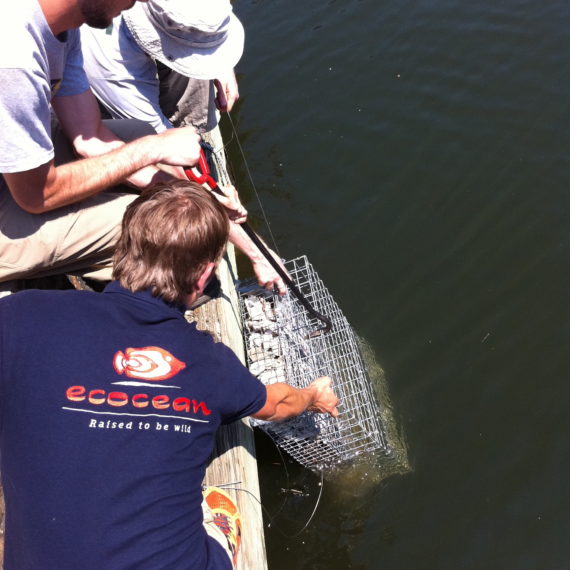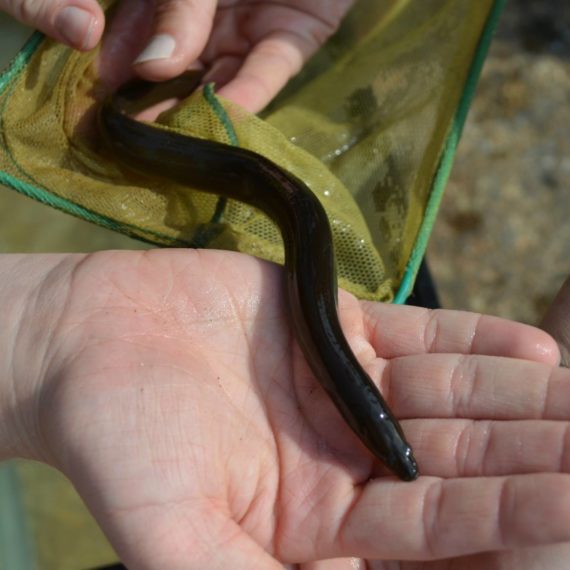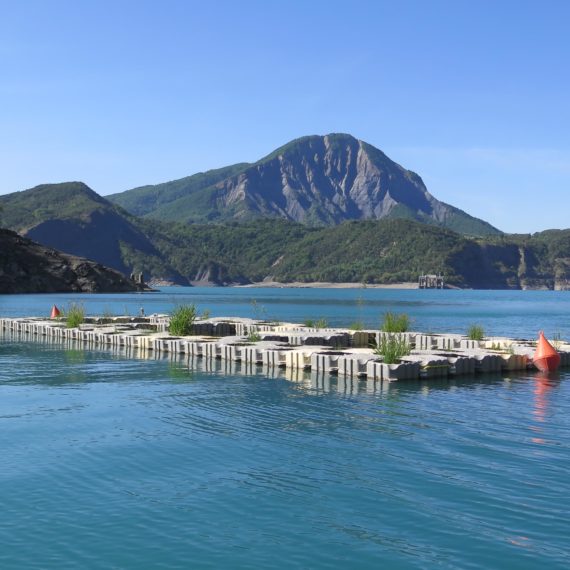Baltimore
Biohut Baltimore

Biohut Baltimore

Biohut Baltimore

Biohut Baltimore

Biohut Baltimore

Biohut Baltimore

Context
Baltimore city is located along the Chesapeake Bay, the biggest estuarine in the US. As other urbanized watersheds, it has been deeply modified by human development that causes habitats losses, pollution and eutrophication. The National Aquarium of Baltimore is involved in raising public awareness about threats linked to natural ecosystems degradation and the consequences of the disappearance of ecosystems services. In conjunction with the National Aquarium, Biohabitats Inc, The Oyster Recovery Partnership and Ecocean, a pilot Biohut project has been implemented in the Baltimore’s Inner Harbor. It is the first deployment of the Biohut technology in the United States.
Interests & objectives
This pilot project has different goals and objectives: It serves as another public outreach tool for the aquarium to educate their millions of clients that visit the aquarium each year. The conservation staff of the aquarium in charge of the monitoring will be able to evaluate what species benefit from the Biohut in the Inner Harbor. Educators pull out two Biohut per month for dissection while observations are performed with underwater cameras every week. It is also an opportunity for Ecocean to enlarge its scope of action in terms of ecosystems – this project is the first implemented in brackish water.
Expected Impact & benefits
Species found on camera so far include: striped bass (Morone saxatillis), gizzard shad (Dorosoma cepedianum), common grass shrimp (Palaemonetes pugino), mummichog (Fudulus heteroclitus), white perch (Morone americana), banded kilifish (Fudulus diaphanous), blue crab (Callinectes sapidus), pipefish (Syngnathus fuscus), white-fingered mud crabs (Rithropanopeus hirrisii), American eel (Anguilla rostrate), naked goby (Gobiosoma bosci) and Atlantic silverside (Menidia menidia). This project serves as a case example to present the Biohut process to local legislators and coastal managers who want to improve their environmental stewardship and restore natural ecosystem functions in the United States.
Future Prospects
Depending of the success of this pilot project, other marinas in the regions could be equipped and thus join the NAPPEX marinas network from Europe. Following the encouraging results of the first year project, the National Aquarium has already decided to extend the project and to install more Biohut in 2015 to reinforce its ecological effects and its educational power.




